How to Hunt Waterfowl from a Kayak
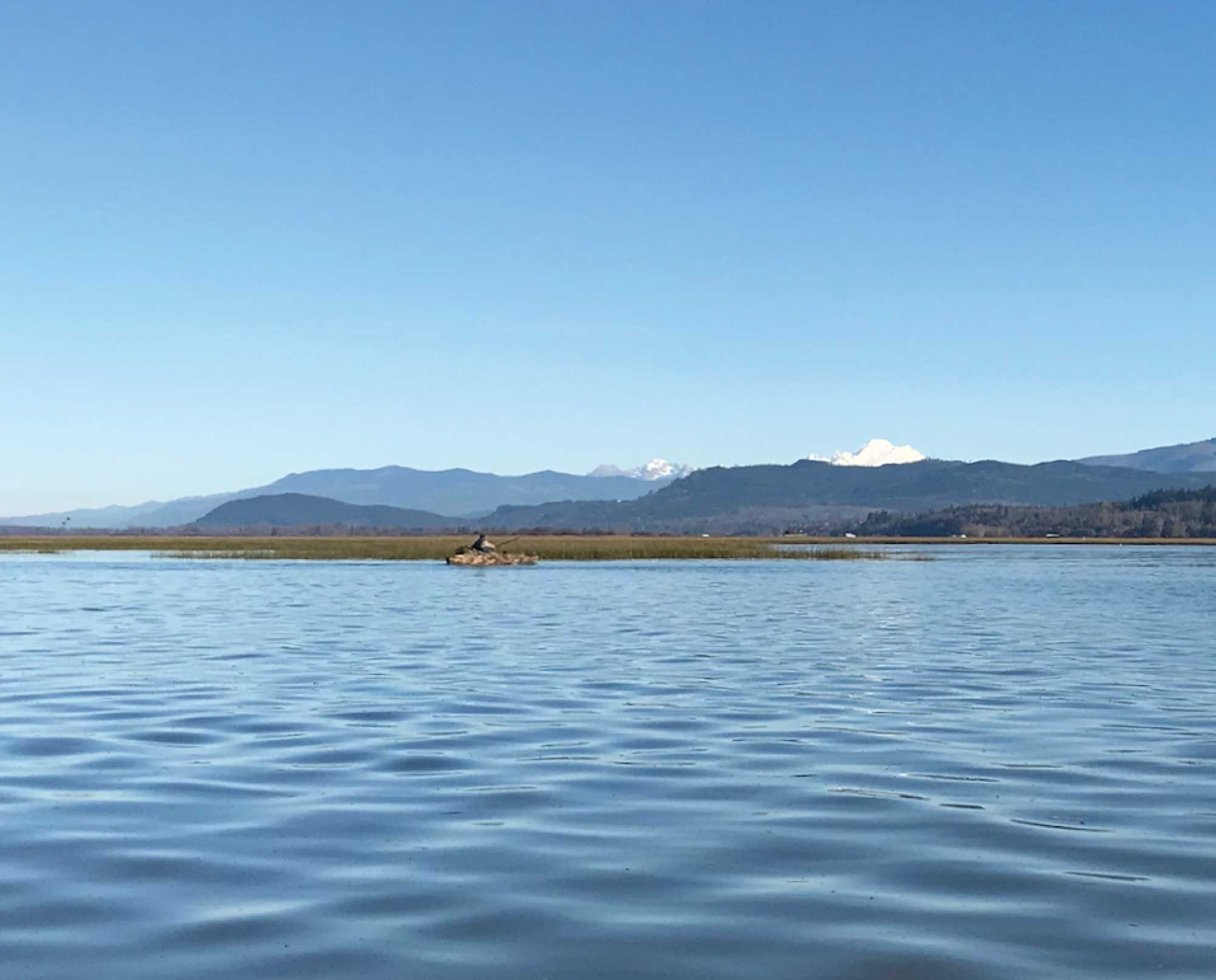
Take advantage of the versatility and accessibility that a small boat offers to duck hunters
It was my very first opening day. The alarm had gone off at an unreasonable hour and we were gulping coffee while en route to the public access parking lot. Two trucks had beat us there, but it was a large enough area to support several groups of hunters. We readied by headlamp and took off on foot to a spot we’d scouted the week before. I was nervous about maneuvering around the other hunters; I wasn’t totally sure what was considered an appropriate distance between adjacent setups (in my mind, that distance should be measured in miles), so we erred on the side of caution and set up on the far corner of the property. While we waited for shooting light, more and more headlamps could be seen bobbing along the trail as later arrivals filtered in.
The first flock of early ducks swooped right over our decoys in the fading darkness. I was trigger-shy and unsure if it was officially legal shooting light or not. As I hesitated, a shot rang out from just to my left. What the?! I switched on my headlamp and jumped up to look. No kidding, another hunter was crouched along the bank just a short distance away. Had he been there all along? If so, why hadn’t he said anything? If not, what was he thinking? Either way, why was he shooting over our decoys?
The rest of the morning went downhill from there. The coastal marsh echoed with near-constant volleys of shots. Ducks were cruising overhead at a very safe altitude, yet the sky-busting continued. There was no way that any ducks were going to approach. I was crushed to have my first opening day end in such disappointment. On the long trudge out toward the parking lot, we discussed our predicament. “We’ve gotta find a way to get away from people.”
After studying the map, we concluded that the only way to get away from the crowds was by boat. Washington has a tremendous amount of tidal shoreline available for waterfowl hunting, but only a limited number of public access points. Walking in to public land was easy, hence all the hunters crowding in on opening morning. Paddling in to public land took some effort. From that day forward, we became small-boat waterfowl hunters.
Kayaks as transportation or as layout blinds
A kayak functions as effective transportation to get to a remote blind location. In my case, it’s my ticket to leave the crowds behind and find solitude out on public marshlands. With a few modifications, kayaks can also serve as effective layout blinds, eliminating the need to ever get out of the boat. Whether you decide to leave the boat or stay in it for the hunt can depend on a few factors.
If you opt to leave the boat, concealment is still crucial, even if the boat is a fair distance away from where you are hunting. I’ve watched groups of wary ducks flare upon seeing the boat I thought I’d hidden well among the reeds. Always, always remember to consider the view from above and not only from eye-level!
Another consideration when leaving the boat is the need for a safe plan to get back into the boat after the hunt. If you are on dry land, this is less of a concern. However, if you are in a tidal area, be aware that it could be a struggle to get back into the boat with rising waters and bulky waders. Always plan ahead and consider how conditions will change over the course of the day.
Finally, be sure that you secure your boat, being mindful of changing water levels. A marsh anchor or a stake that can be driven into the ground is a good way to ensure that your boat will still be there when you return to it. Conditions can change quickly on the water and getting stranded without your boat is never a good outcome.
Of course, many kayaks and sneak boats offer the option of staying on board and using them as a layout blind. This is my favorite way to hunt, though it’s fraught with the risk of drifting off to sleep only to be awoken by the sound of ducks visiting the decoys. Personally, I prefer the comfort and safety of staying in my kayak. Concealment is critical, as is choosing a good location with believable cover. The best camouflage and brushing will still look oddly out of place if you’re the only thing floating on open water. Also, it’s a good idea to test-fire your shotgun from your boat in a safe area. You’ll want to be sure that your boat is stable enough to keep you upright during (and after!) the recoil impact.
Safety considerations while kayak hunting
Duck hunting is inherently gear-intensive. Adding a kayak or other small boat only makes it worse, but it’s important to not overlook important safety gear for your time on the water.
As soon as you set yourself afloat, you are now a boater. You are subject to certain Coast Guard regulations, not to mention subject to common-sense safety practices. If you do nothing else, have and wear a life jacket. Secure that life jacket as if your life depends upon it—because it does.
Keep an eye on the weather and learn how to read marine weather forecasts. The unfortunate paradox in duck hunting from a kayak is that “good” weather for duck hunting is rarely “good” weather for boating. Strong winds and rain may keep the ducks on the move, but they introduce risks for your time on the water. Be ready for the weather to change quickly and be prepared to pull up stakes and leave if it starts to get bad. I am an incredibly stubborn hunter who wants to stay out until the very last moment to try to get another chance at a bird. I have to set aside that mentality and be ready to call it a day if it looks like conditions are becoming unsafe to be in a small boat.
Above all else, employ common sense. I have rescued duck hunters who improperly secured their boat and returned to find themselves stranded without a boat on a disappearing island in the rising tide. I have read news articles about duck hunters that overturned their boat in foul weather because they were grossly overloaded and ill-equipped for stormy conditions. Waders are serious business and if they fill with water, they will make it impossible to haul yourself back into a boat.
Shopping for a waterfowl hunting kayak
The ideal kayak for waterfowl hunting is stable, easily paddled, and easily concealed. It helps if it is lightweight because you’re likely to be dragging it to an access point while loaded with decoys and other gear. Unfortunately, physics dictates that stability and weight are generally competing features in a small boat.
For me, stability was at the top of my priority list. I hunt with a 55-pound dog and I wanted her to be able to enter and exit the boat without dumping me into the water. Many of the fishing-style kayaks on the market are plenty stable enough to be able to accommodate the dynamics of a dog on the move. This also becomes important if you plan to shoot from the boat (while anchored, of course). A slick, fast kayak is liable to roll you right into the water with the recoil from a 12-gauge.
Depending upon where you intend to hunt, the tracking qualities of a kayak (how well it maintains a given direction while you are paddling) may or may not be a priority. If you hunt rivers or small lakes and won’t be paddling a long distance, this is probably not a very important feature. However, if you have to cross open water or travel a long distance, you will definitely want a kayak that tracks and paddles well. Generally, this is a function of the boat’s length, though there are other design features that improve this characteristic. If possible, get an in-water demonstration of your kayak before you commit to the purchase. Different boats and hull designs can vary wildly when it comes to ease of paddling.
Finally, consider how easy it will be to conceal the boat once you’ve reached your hunting destination. Kayaks frequently come in bright colors, which is good for visibility on the water but terrible for hiding from ducks in flight. If you are unable to find a suitable boat in a neutral color, you’ll need to carry some kind of burlap or camouflage material to drape over the boat to hide it from the air.
My kayak has opened up a whole new world of hunting opportunities for me. It allows me to get away from the crowds on public walk-in sites and off into the seclusion of our tidal marshlands. Observing important safety protocols ensures that I will have a safe day on the water and will be prepared if conditions should change throughout the day. It has meant more ducks in the boat, more solitude on public land, and an overall better experience than fighting for space among the crowds.



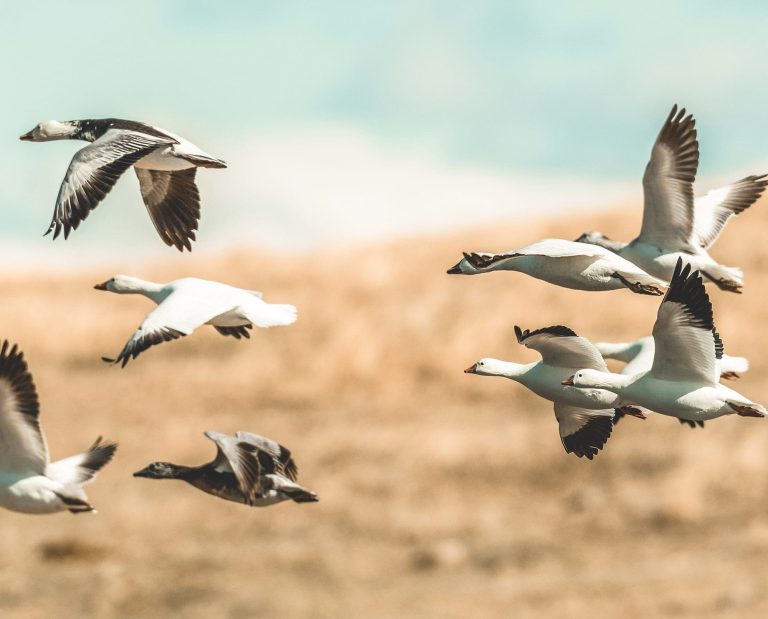

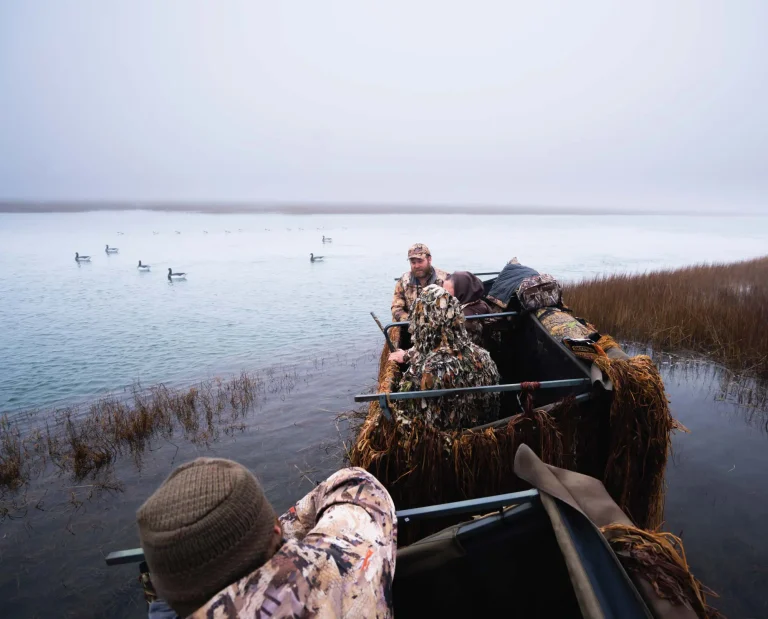
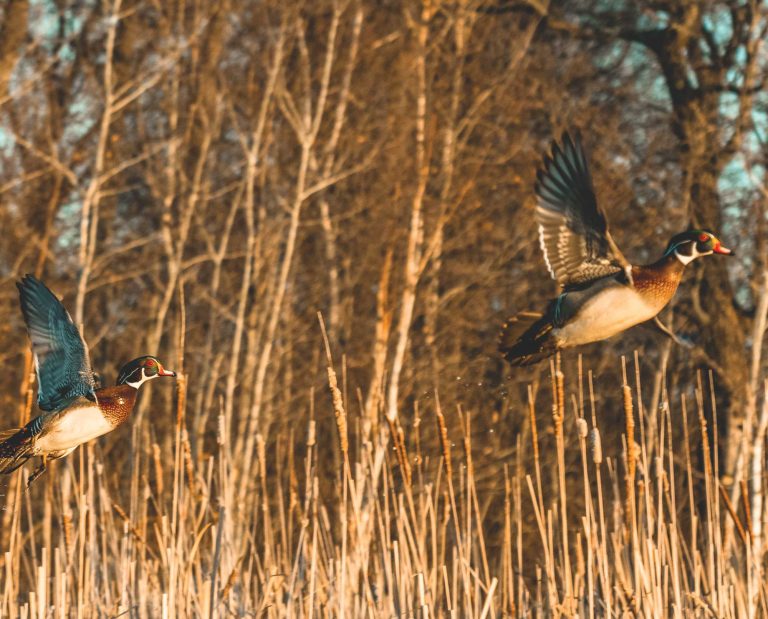
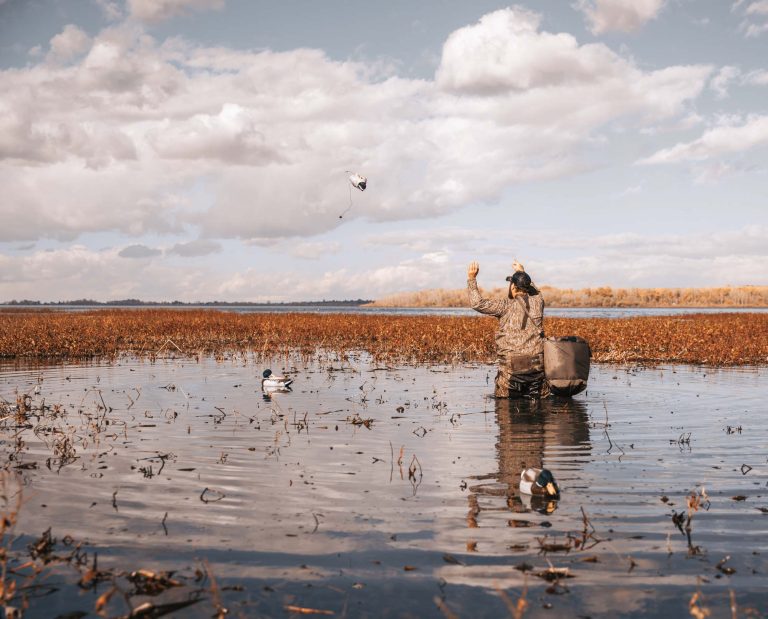
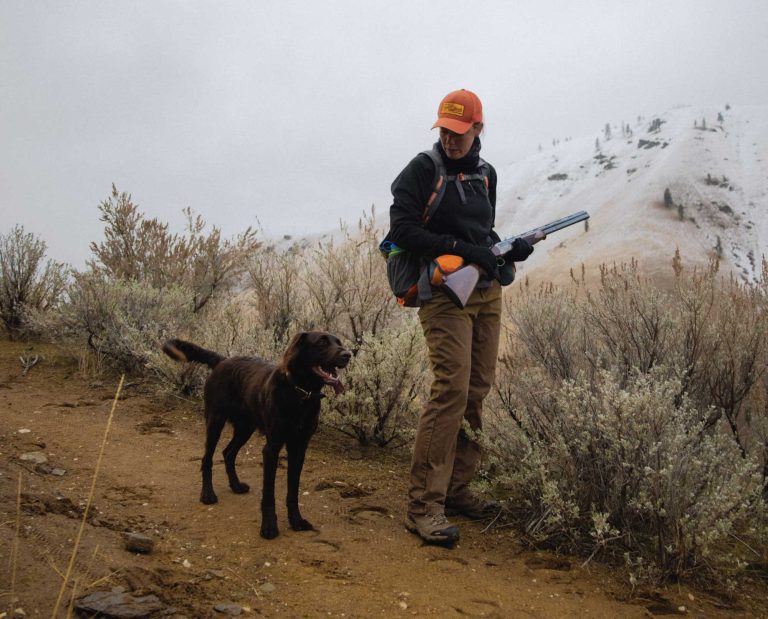
Should there be restrictions on duck hunting from kayaks due to the potential for increased stealth and ability to access otherwise unreachable locations, potentially giving hunters an unfair advantage over the birds?”,
“refusal